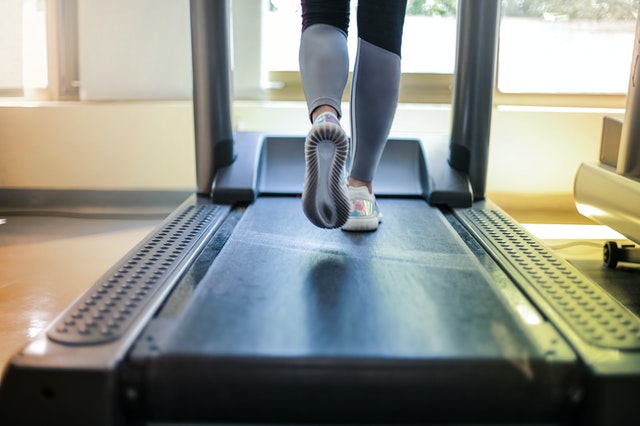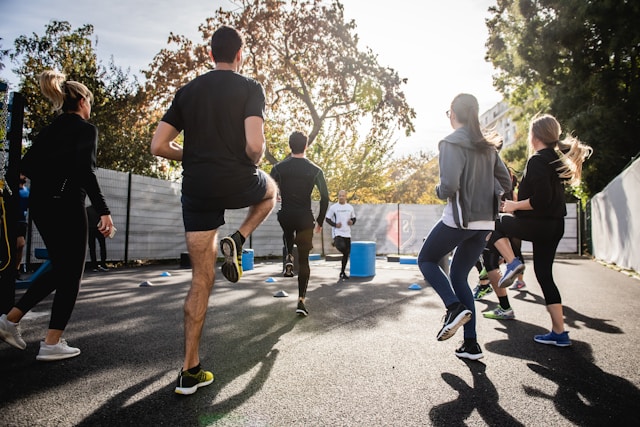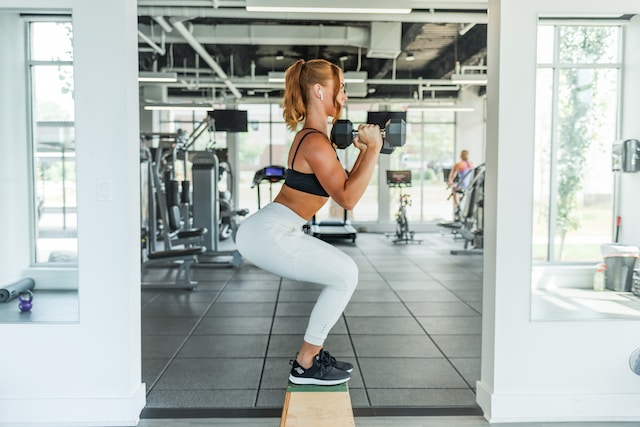If you’ve recently suffered a concussion, you may be wondering when you’ll be able to return to your regular exercise routine. After a concussion, your doctor will tell you to take it easy for at least 2 weeks, but you may not be able to return to contact sports for up to 6 weeks.
It’s safer and medically recommended that you approach physical activity with a stepwise process. That means starting with light exercise and gradually increasing the intensity.
Here’s our guide to post-concussion workouts:
Why Exercise After A Concussion Is Important
Until recently, first aid for concussions included a step called “cocooning,” a tactic that asks the patient to rest completely from all mental and physical activities until symptoms disappear.
Cocooning is an essential step for patients because it allows the brain to rest and heal. However, cocooning is isolating, depressing, and causes panic. These disorders can prolong concussion symptoms and make them last several months or even years for some patients.
Studies as current as 2018 prove that cocooning for longer than 2 days can lead to worse outcomes, but moderate physical activity in the first week can speed recovery time. Mild exercise can reduce the chance of post-concussion syndrome and quicken the healing process.
What Kind Of Exercises Can I Perform Post-Concussion?
To start, don’t do anything that could put you at risk for another concussion or causes your head or body to jolt. That means jumping, running, and contact sports are off the table.
If your goal is to return to contact sports, remember to complete each exercise stage with patience, attention, and caution. You don’t want to enter into competition without being 100% prepared. Never move on to the next step if your symptoms persist or worsen.
Remember to start slow. If you can only exercise for 5 minutes, it’s still worth doing. With practice, you’ll be able to continuously progress and reduce your symptoms.
Based on Parachute’s Concussion Guidelines backed by medical research, do the following:
- Step 1 – Symptom-Limiting Activity: 24-48 hours after your concussion, start participating in light physical and cognitive activity, like simple chores and school work.
- Step 2 – Light Aerobic Activity: Start doing light exercise, like walking or stationary cycling. Don’t do resistance training, even with light resistance or weights.
- Step 3 – No-Contact Sports Activity: Running, skating, and throwing can begin for 20 minutes. No body contact, no high-speed stops, and no resistance training.
- Step 4 – No-Contact Training Drills: Try out training drills, like passing drills, but don’t start playing contact sports until the next step. Gradually introduce resistance training.
- Step 5 – Contact Training Drills: After receiving clearance from your doctor, start participating in contact sport drills. You can now begin a resistance training regimen.
- Step 6 – Return to Sports/Exercise: Once you no longer have any symptoms after exercising, you can participate in contact sports, training drills, and resistance training.
Each step takes at least 24 hours for you to complete. If you have no symptoms, you may be able to return to your regular exercise regimen in a little over a week. If your symptoms return after medical clearance, follow up with your doctor for a reassessment.
Why Did My Doctor Recommend A Prolonged Rest Period?
It’s not uncommon for seasoned GPs to ignore new research, so if your doctor is recommending a prolonged rest period when you no longer have symptoms, get a second opinion. However, they may see something you don’t. Ask for further testing if that’s the case.
Post-concussion syndrome is serious and can lead to general exercise intolerance, vision problems, and inner ear problems that could persist for years. It’s worth it to speak to a specialist that knows the ins and outs of concussion first aid to ensure you recover quickly.



